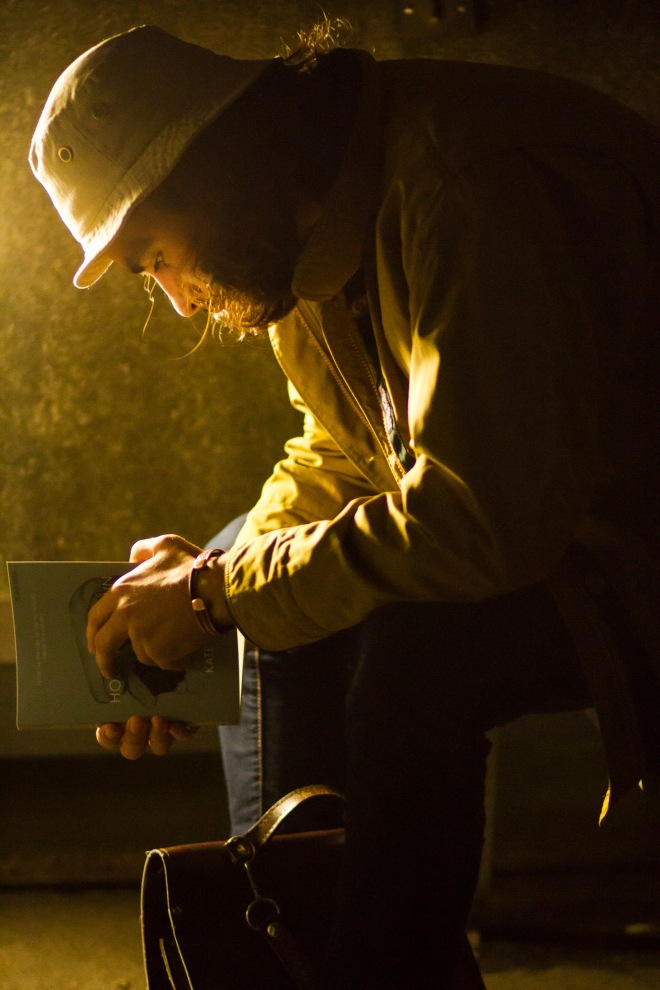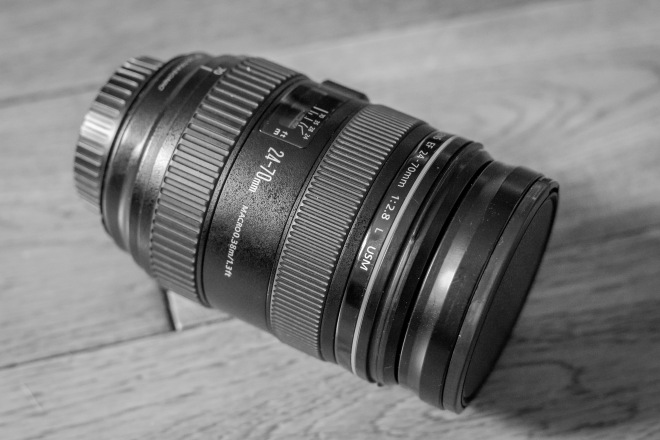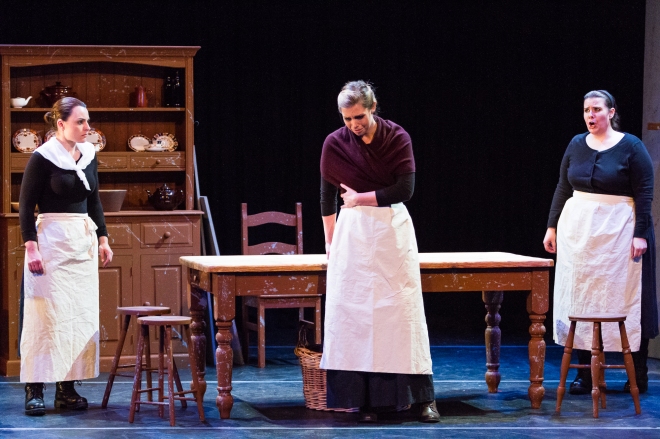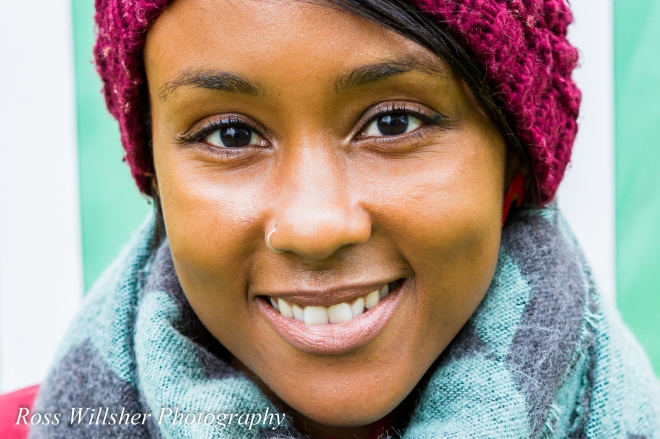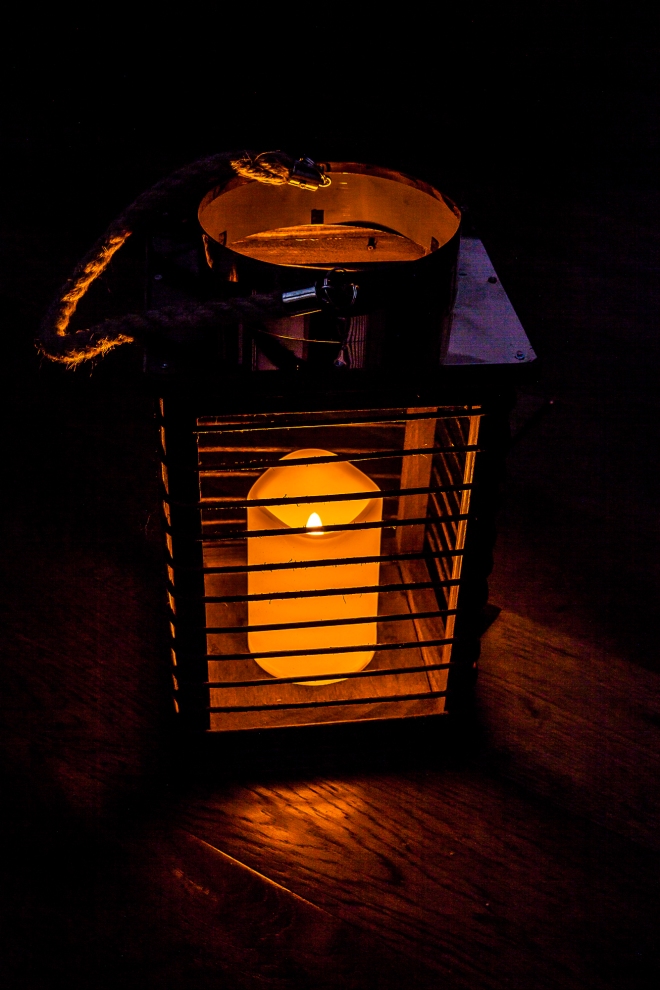When selling or renting out a property, the images you take can really make or break a potential buyer’s decision to book a viewing. Photographing property needn’t be overly difficult or time consuming, but remembering these key things could really help to sell your property faster (and at a higher price).
Tidy Up
It’s amazing how photographs can be ruined by even the smallest of objects being left in the shot. From a used dish cloth hanging over the kitchen tap, to a full-to-bursting laundry bin in the bathroom, remove any item that distracts from the space and style of the room you are shooting.
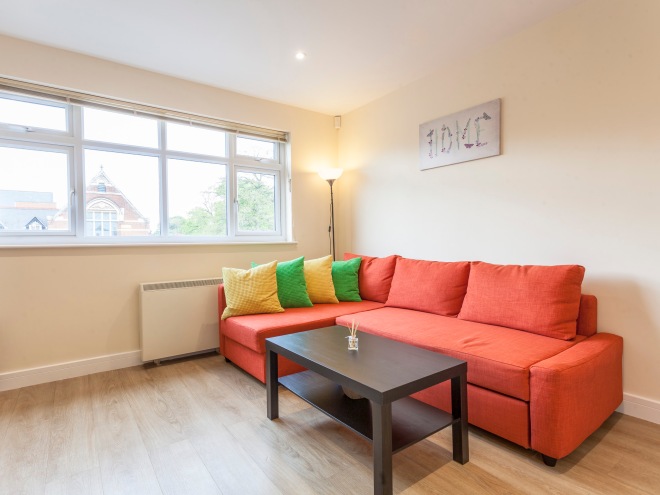
Stand in the corner
9/10 times, the best position to shoot a room from is in the corner. This often provides the biggest sense of space and enables you to fit a maximum amount of a room’s features in the image. Where this isn’t possible, take a walk around and keep shooting until you find a spot that maximises the sense of space.
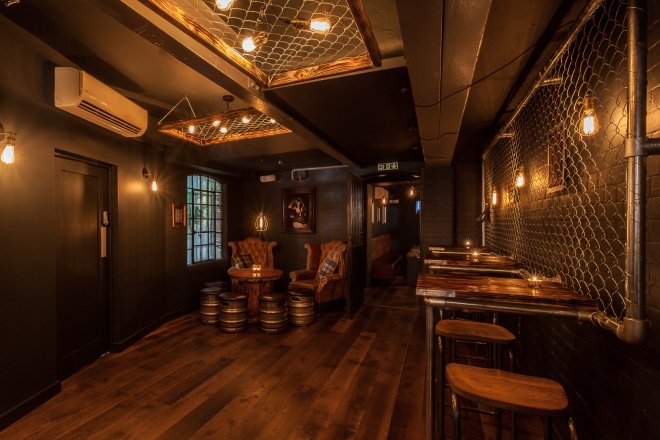
Don’t be afraid to move furniture
Sometimes, simply moving an item of furniture only slightly can have a massive impact on your image. Don’t be afraid to move that armchair slightly closer to the wall to show more floor space, or to rotate the coffee table so it doesn’t take up so much of the image. Remember it is the room being promoted – not necessarily its contents.
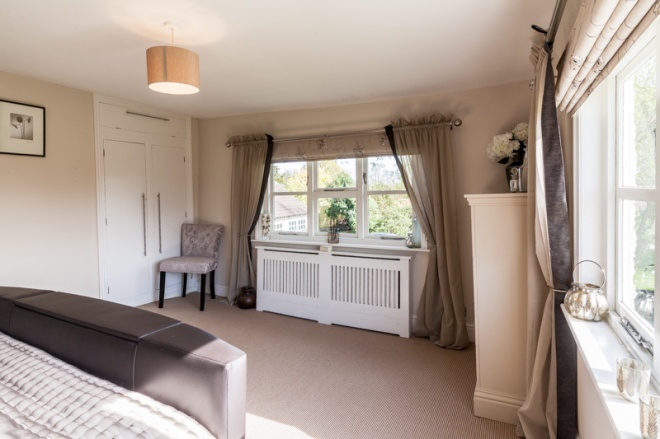
Keep verticals vertical
The biggest error I see in property photography is what is known as “converging verticals” – this is when walls look like they are leaning into each other. Make sure that you shoot from a position and angle where the main walls in the room appear vertical in your view finder. Often the height at which you shoot from can play a major role in this, so play around with viewpoints until it looks correct.
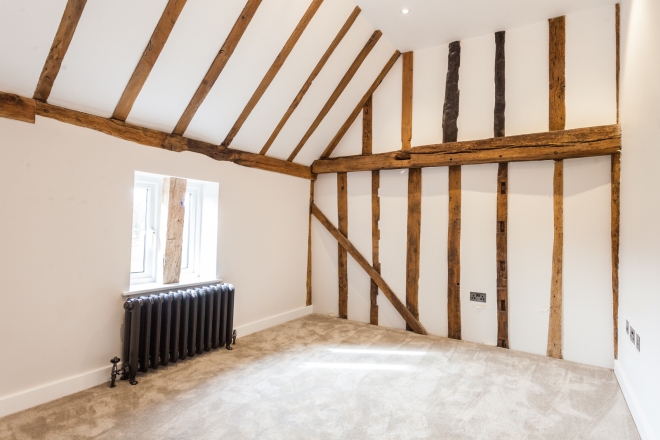
Highlight the main features of the room
Ideally, when photographing a room you will have enough space to capture both the floor and the ceiling to give a real sense of the room’s dimensions. However, where space is limited, you may not have this luxury and a compromise might need to be made. Always try to shoot from a height / angle that showcases the main features of the room – for example make sure you shoot from a high enough angle to see the tops of worktops in a kitchen but low enough to include the bath in a bathroom shot.
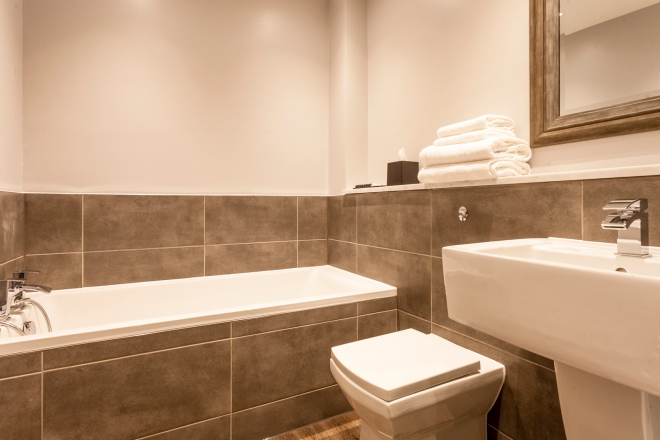
Think about the light
Rooms should be made to look as bright and airy as possible. A dark and underexposed image can be the biggest turn-off for perspective buyers. Sometimes, the light from a window will be a lot brighter than the rest of the room itself and if you do not have the ability to add an off-camera flash or produce a composite of several images, it is better to overexpose the window light than underexpose the room. If a room has a window, always include a shot from an angle that showcases this.
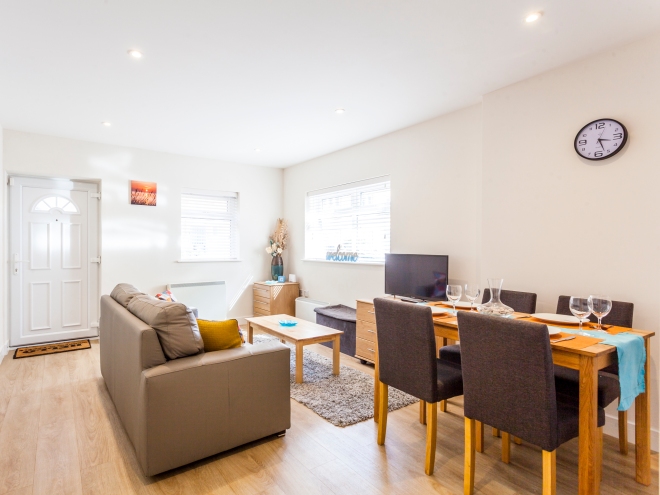
Show space / connecting rooms
The more you are able to give a feel of how the property works as a whole and flows from room to room, the stronger your set of images will be. Therefore, always try to include shots of open-plan areas and connecting rooms. It helps buyers to envisage how they would live and interact in the space.
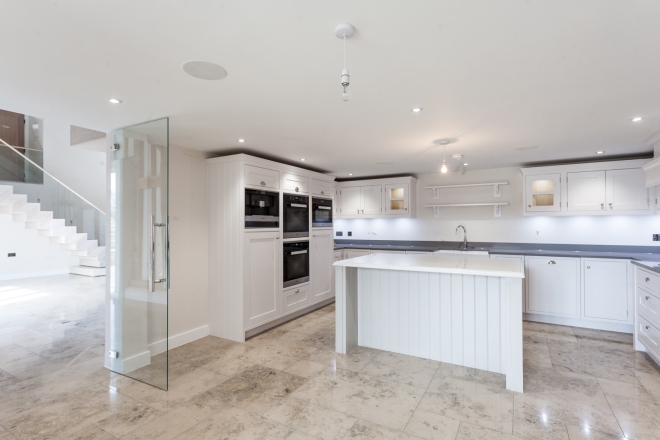
Include details
For all properties – but especially those being rented out as furnished and / or short stay accommodation – include close-ups of the little details that make the property feel homely and welcoming. The attention-to-detail in how you have decorated your home can help to add an extra dimension to your property images that not all vendors will have thought of.
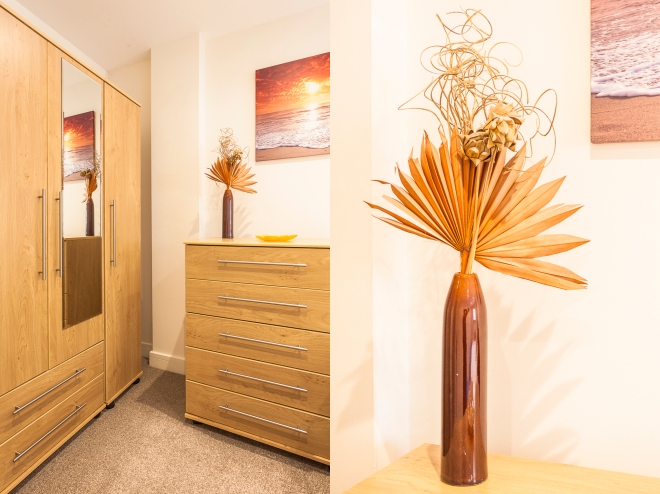
Don’t forget the exterior
Always include images of the front of the property and any gardens / additional space. Whether the property is fully detached or part of a block of flats, provide the viewer with a sense of location and the external environment.
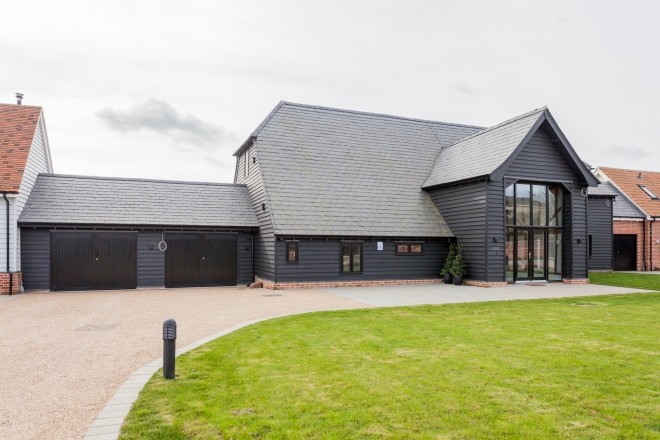
So there you have it – a few simple tricks to vastly improve the quality of your property images whatever camera you are using. If you have any questions or comment feel free to add them in the comments section below.
Thanks for reading.
Ross
Ross Willsher is a social (weddings and portraits) and commercial photographer based in Chelmsford and covering Essex and London, who is passionate about creating images as individual as you are. His work can be viewed at http://www.rosswillsherphotography.co.uk / http://www.rosswillshercommercialphotography.co.uk
info@rosswillsherphotography.co.uk | 07590 520539
facebook.com/rosswillsherphotography | @RWillsherPhoto | instagram.com/rosswillsherphotography | http://www.linkedin.com/in/rosswillsher/




